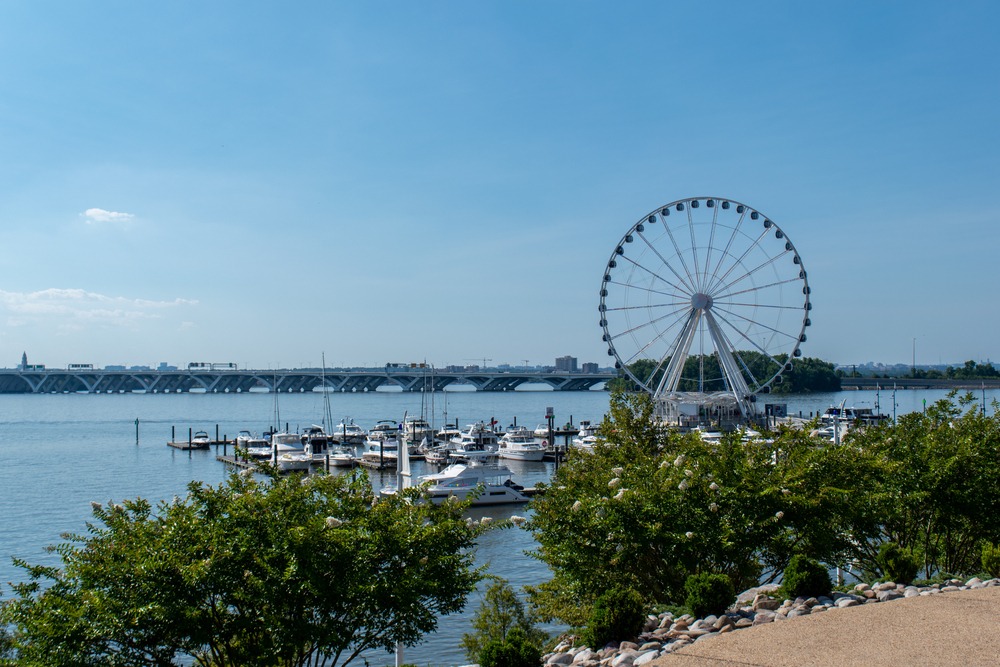Navigate Through The Wonders Of Langley Park, MD
Discover Langley Park, MD: A Diverse and Dynamic Community

Langley Park, Maryland, is a small but vibrant unincorporated area in Prince George’s County, known for its rich multicultural landscape and bustling community life. Located just inside the Capital Beltway, near the University of Maryland, College Park, Langley Park offers a unique blend of historical heritage and modern-day diversity. This article explores the historical background, geographical features, key landmarks, and demographic statistics of Langley Park.
Langley Park’s history began in the early 20th century when it was developed as a suburban community for government workers in Washington, D.C. The name “Langley Park” comes from Langley Park Mansion, a historic estate built in 1924 by a wealthy newspaper publisher. This estate gave the area its distinct identity, and as the community grew, it transformed into a densely populated suburb by the mid-20th century, driven by the housing needs post-World War II.
Geographically, Langley Park is situated at the intersection of New Hampshire Avenue and University Boulevard. This location has made it a major crossroads within Prince George’s County, contributing to its development as a commercial and residential hub. The area covers approximately 1 square mile, characterized by a mix of apartment buildings, single-family homes, and commercial establishments.
Langley Park is noted for several key landmarks that contribute to its community and cultural significance. The Langley Park Plaza and The Shoppes at Langley provide residents and visitors with a variety of retail and dining options, reflecting the area’s diverse population. The International Corridor along University Boulevard is another notable feature, offering a range of ethnic restaurants and businesses that serve the community’s Hispanic, Asian, and African populations.
The demographic profile of Langley Park is one of the most diverse in the region. According to recent census data, the area has a population of about 17,000 residents, with a significant portion identifying as Hispanic or Latino, which has shaped the cultural and social landscape of the community. This diversity is celebrated through various cultural festivals, markets, and community events that highlight the traditions and cuisines of its residents.